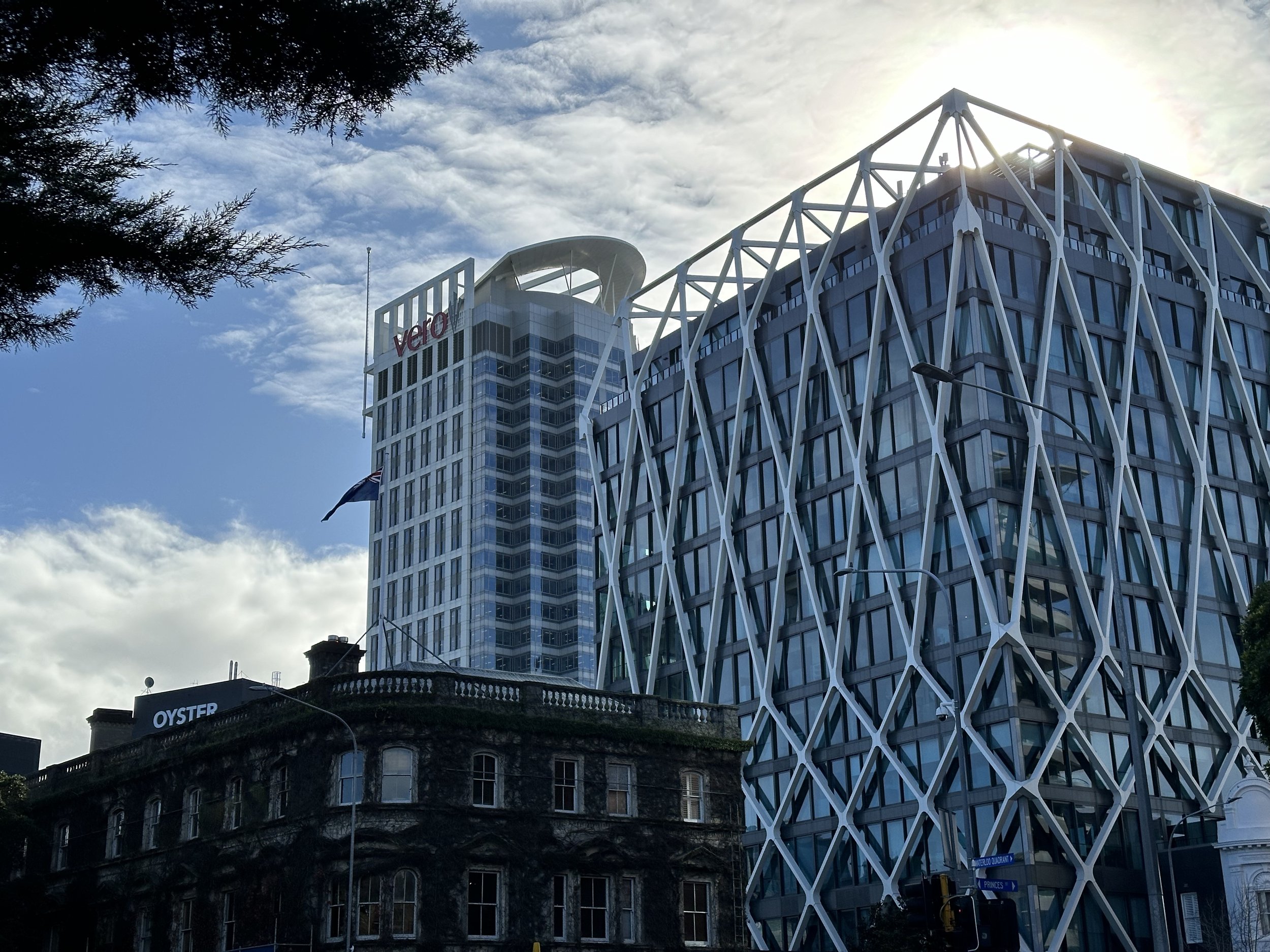
30 JULY 2024 | NEWS
Aotearoa New Zealand’s Second Emissions Reduction Plan: Construction
New Zealand's plan targets construction emissions through sustainable practices, low-carbon materials, resource recovery, financial incentives, and collaborative efforts.
Aotearoa New Zealand's Second Emissions Reduction Plan aims to build on the progress of the initial plan, with a focus on achieving net-zero emissions by 2050. This ambitious plan spans various sectors, including energy, transport, agriculture, forestry, and construction. It is designed to meet the country's second emissions budget and make significant strides toward reducing greenhouse gas emissions across the economy.
Construction Sector Overview
The construction sector plays a crucial role in New Zealand's emissions profile. Given the significant carbon footprint associated with building materials and processes, the plan outlines several strategies to reduce emissions in this sector. Key initiatives include promoting sustainable construction practices, enhancing resource recovery infrastructure, and encouraging the use of low-carbon materials.
Key Strategies and Initiatives
Promoting Sustainable Construction Practices: The plan emphasises the need to adopt more sustainable building practices. This includes designing buildings with energy efficiency in mind, incorporating renewable energy systems, and reducing waste generated during construction.
Enhancing Resource Recovery Infrastructure: Investment in resource recovery infrastructure is a critical component. The plan calls for improved systems to manage construction and demolition waste, ensuring that more materials are recycled and reused instead of ending up in landfills. Specific projects include the development and expansion of resource recovery facilities that can handle organic waste from construction sites. These facilities are expected to significantly reduce methane emissions by diverting organic waste from landfills.
Encouraging Low-Carbon Building Materials: The plan supports the use of low-carbon materials, such as engineered timber, which can store carbon and replace more emissions-intensive materials like steel and concrete. This shift not only reduces emissions but also promotes the growth of the domestic wood-processing industry. Regulatory barriers that hinder the use of sustainable materials in construction are being reviewed, with the aim of making it easier for builders to choose eco-friendly options.
Funding and Financial Incentives: Financial mechanisms, including the Waste Minimisation Fund (WMF), are being utilised to support infrastructure projects that reduce emissions. This includes funding for facilities that process construction and demolition waste, promoting product stewardship schemes, and enhancing recycling capabilities,
Collaborative Efforts: The plan recognises the importance of collaboration between the government, private sector, and communities. By working together, these stakeholders can develop innovative solutions and share best practices to accelerate the transition to a low-carbon construction sector.
Overall, the construction sector's role in New Zealand's Second Emissions Reduction Plan is pivotal. Through a combination of regulatory changes, financial incentives, and collaborative efforts, the country is poised to make substantial progress in reducing emissions and fostering a sustainable building industry.


